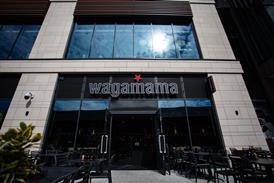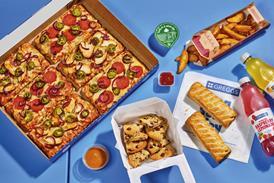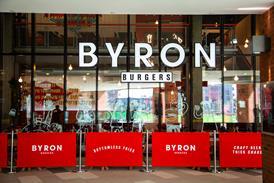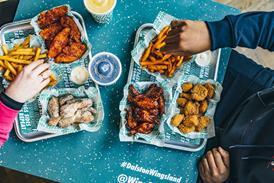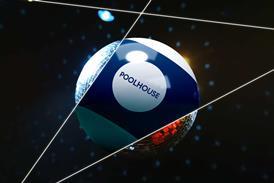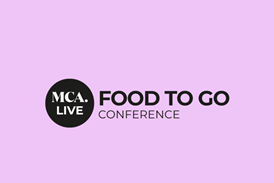Inside Track by Peter Martin
For some time now, health has been one of the key drivers of innovation in the restaurant and wider catering market.
Now it looks like the health imperative will be the most important factor influencing concept development across the food business in the next five to 10 years.
That was certainly the conclusion of last week’s Food & Drink Futures conference organised by William Reed Conferences. The London event heard from a string of speakers convinced that health and nutrition were now fast replacing convenience as the market’s top priority.
Whatever governments do about junk food, salt, sugar and fat content, the consumer pressure for healthier lifestyles will have the biggest impact in this change. People simply want to live longer, look good and feel good longer, and are now prepared to do something about it.
In the UK, 76% of men are overweight, up 11% on a decade ago, while 69% of women are also overweight, up 14% over the same period. At the same time, 51% of people are "very concerned" about cancer, 48% are similarly concerned about heart disease, while 53% agree they should do "a lot more" about it.
Diet is seen as one way of making a difference, and consumers are already reacting to high profile claims about broccoli and chillies helping to inhibit cancer, the benefits of omega 3 and omega 6 oils and how B vitamins supposedly improve brain chemistry, for example. There are statistics to show that 46% of people are eating more broccoli and 51% more fish.
Food manufacturers are already reacting, focussing on four main areas: cardiovascular disease; cancer; intestinal health; and obesity and type II diabetes. The global market for probiotic drinks, such as Yakult and Actimel, is already worth $3.3bn, and worldwide sales of "heart health" foods is worth $3.4bn.
Next year, will see the launch of a new product called Fruitflow, which is made from an extract of ripe tomatoes that helps inhibit platelet aggregation in blood, in other words thins the blood. This is important in prevention of heart disease and strokes and is likely to be seen soon in mainstream juice products.
Of course, indulgence is far from dead in the eating-out market, but it will increasingly be seen in a more health-conscious landscape.
And while price remains a central driver at the "essential product" end of the food market, health can bear a premium. Consumers are willing to pay more, which is no where better reflected in the growth of the Whole Foods Market chain in the United States, where prices can be three or four times those at the local hypermarket.
Whole Foods Markets is coming to the UK, as already reported here. In the States it has 170 stores and $4.5bn in sales.
It is a trend that restaurants and foodservice cannot ignore. The retail food business may be leading the way at the moment; restaurants must be up to the challenge too, not least because it is a premium market to exploit.
Asia is seen as the source of many new health trends, and Asian food is already a big driver in restaurants. So, many restaurants are already looking in the right place. Consumers also want fresher foods and more locally produced foods.
Perhaps, the biggest challenge will be catering for the individual needs of the health-conscious consumer. But we already know that the eating-out market needs to put more effort into service.
"Health is the new convenience" is a slogan that looks like sticking. But the trick will be providing healthy food with an experience to match, with the convenience, style, service and quality that much of the market is now providing as a matter of course.



